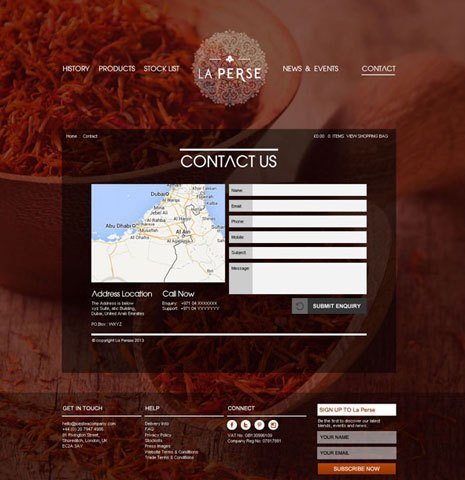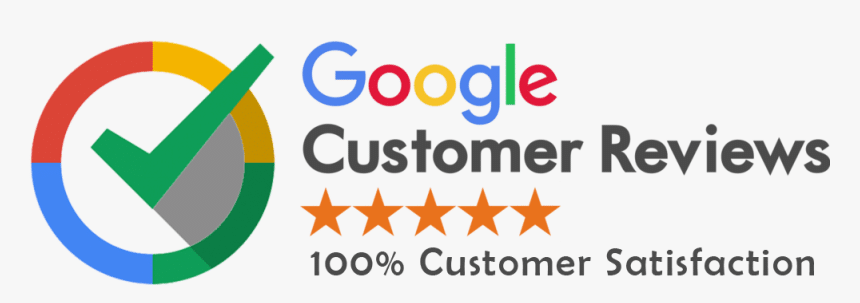Every business wants more traffic. One smart and proven way to get it is by making your website available in multiple languages. If your website speaks the language of your customers, it removes barriers and builds trust. This is the core idea behind internationalization. By offering a multilingual website, you can reach people in different parts of the world who may have never found you otherwise.

Let’s take a deeper look at how internationalization works, why it matters, and how to do it right.
What is Internationalization?
Internationalization is the process of preparing your website to support different languages and regions. It’s not just about translation. It’s also about making sure your content, structure, and design are flexible enough to handle different language formats, currencies, time zones, and cultural details.
It starts with creating a website structure that can handle content for multiple regions. Then you add translations, local adjustments, and SEO settings to each version.
Benefits of a Multilingual Website
- Wider Audience Reach: People prefer websites in their own language. A multilingual site helps you reach more people around the world.
- Better User Experience: Users are more comfortable and more likely to take action when they understand your content.
- Improved SEO: Search engines index pages based on language. Each language version gives you a chance to rank for new keywords in local search results.
- Higher Conversions: A website that feels familiar builds trust. When users see content in their language, they are more likely to buy, sign up, or engage.
- Competitive Advantage: Many websites still operate in only one language. By going multilingual, you stand out.
Case Studies: Brands That Succeeded with Internationalization
- Airbnb localized their platform in over 60 languages. This played a major role in their global success.
- Shopify offers local language support and regional payment options. As a result, they now serve users across 175 countries.
- Booking.com supports over 40 languages. This helped them become a leading travel booking platform worldwide.
These examples show how big companies use multilingual strategies to grow fast and expand globally.
Choosing the Right Languages
It may be tempting to offer as many languages as possible. But it’s smarter to focus on languages your current or potential users actually speak.
Check your website analytics. See where your traffic is coming from. Look at the languages users have set in their browsers. Also, consider where you plan to expand your business.
Top languages often include English, Spanish, Arabic, Chinese, French, Russian, German, and Portuguese.
How to Structure Your Multilingual Website
There are three main ways to organize language versions:
- Subdirectories (example.com/fr/): Best for SEO. Keeps everything under one domain. Easy to manage.
- Subdomains (fr.example.com): Works well but may need extra SEO attention. Search engines treat it as a separate site.
- Country-specific domains (example.fr): Most localized, but costly and harder to maintain. Works well for big global brands.
For most businesses, using subdirectories is the best balance between SEO, management, and flexibility.
Translation vs. Localization
Translation converts the text. Localization adapts the entire experience.
For example:
- Translation changes “Buy Now” to “Acheter Maintenant”.
- Localization also changes currency, formats, product photos, and cultural references.
A good multilingual website combines both.
SEO Tips for Multilingual Sites
To make sure each language version performs well in search engines:
- Use hreflang Tags: These tags tell Google which version is for which language and region.
- Create Language-Specific URLs: Use clear URL structures like /en/, /ar/, or /de/. Avoid automatic language detection redirects.
- Translate Meta Titles and Descriptions: Don’t skip this. SEO content includes page titles and descriptions.
- Avoid Duplicate Content: Translated content is okay. But make sure it’s properly separated using hreflang and URL structure.
- Link Between Language Versions: Use a visible language switcher on all pages.
Best CMS and Tools for Internationalization
Some CMS platforms make internationalization easier than others.
- WordPress (with WPML or Polylang plugins)
- Shopify (supports multiple languages and currencies)
- Wix Multilingual (easy setup for beginners)
- Magento (for larger eCommerce websites)
Use these tools to manage translations, organize content, and connect SEO settings.
UX and Design Tips for Multilingual Websites
- Place the language switcher at the top right or in the menu.
- Make sure the switcher uses text (not just flags).
- Keep layout flexible for longer or shorter text lengths.
- Use responsive design for mobile friendliness.
- Adjust fonts to support all characters (e.g., Arabic, Chinese).
Managing Translations and Updates
Managing a multilingual site means you need a system to keep things up to date.
- Use translation memory tools to avoid repeating work.
- Keep all language versions updated together.
- Have a professional or native speaker review content.
- Create a workflow for future updates.
Tracking and Analyzing Performance
Use Google Analytics (GA4) to track traffic for each language version. Set up views or segments based on:
- Language
- Country
- URL path (e.g., /fr/, /es/)
Monitor bounce rates, conversion rates, and page visits for each version. This helps you improve weak areas.
Legal and Regional Compliance
If you’re targeting users in Europe or Canada, remember:
- Follow GDPR (for privacy and cookies)
- Provide translation for terms and privacy policy
- Offer customer service in the local language
Common Mistakes to Avoid
- Auto-translation tools only: Machine translation can lead to errors. Use a native speaker.
- No hreflang implementation: Can cause duplicate content issues.
- Ignoring culture: Some images, colors, or phrases may not be acceptable in certain cultures.
- Missing mobile optimization: Most users access websites from phones.
Final Thoughts
Going multilingual is a strong move for any growing business. You open the door to more people, more trust, and more conversions. While it requires some planning and ongoing work, the rewards are worth it.
If you’re not sure where to begin, start with one or two key languages, optimize for SEO, and gradually expand. Make sure every version of your website respects the local culture and delivers value to the user.
Need help building your multilingual website? Reach out to a trusted web design agency that understands international SEO and localization.










